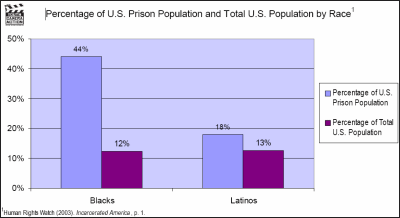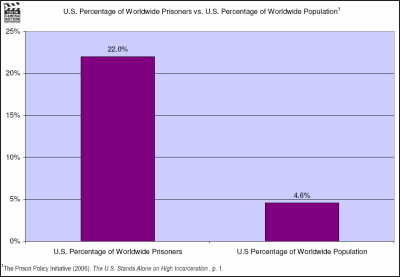Meeting the Moment: The 2024 Civil Rights Agenda for New York
Civil Liberties Union

The School to Prison Pipeline (STPP) is a nationwide system of local, state, and federal education and public safety policies that pushes students out of school and into the criminal justice system. The system disproportionately targets youth of color and youth with disabilities. Inequities in areas such as school discipline, policing practices, high-stakes testing, wealth and healthcare distribution, school “grading” systems, and the prison-industrial complex all contribute to the Pipeline. The STPP operates directly and indirectly. Directly, schools send their students into the Pipeline through zero tolerance policies, and involving the police in minor discipline incidents. All too often school rules are enforced through metal detectors, pat-downs and frisks, arrests, and referrals to the juvenile justice system. And schools pressured to raise graduation and testing numbers can sometimes artificially achieve this by pushing out low-performing students into GED programs and the juvenile justice system. Indirectly, schools push students towards the criminal justice system by excluding them from the learning environment and isolating them from their peer groups through suspension, expulsion, ineffective retention policies, transfers, and high-stakes testing requirements.
Crimes against and by youth were actually declining before zero tolerance policies took hold.[1] Zero Tolerance policies directly and indirectly feed the Pipeline
Suspensions indirectly feed the Pipeline
The Pipeline limits opportunities for our most vulnerable youth
Solutions
 Click here to download graph of Percentage of U.S. Prison Population vs. Total U.S. Population by Race (PDF).
Click here to download graph of Percentage of U.S. Prison Population vs. Total U.S. Population by Race (PDF).
 Click here to download graph of U.S. Percentage of Worldwide Prisoners vs. U.S. Percentage of Worldwide Population (PDF).
Click here to download graph of U.S. Percentage of Worldwide Prisoners vs. U.S. Percentage of Worldwide Population (PDF).
Footnotes [1] The Advancement Project (March 2005). Education on Lockdown: The Schoolhouse to Jailhouse Track, p. 11. [2] NCYLU (March 2007), Criminalizing the Classroom: The Over-policing of New York City Schools [3] The Advancement Project (2000). Opportunities Suspended: The Devastating Consequences of Zero Tolerance and School Discipline, p. 13. [4] Russel Skiba and M. Karega Rausch (2003), Zero Tolerance, Suspension, and Expulsion: Questions of Equity and Effectiveness [5] The Advancement Project (March 2005). Education on Lockdown: The Schoolhouse to Jailhouse Track, p. 18. [6] NAACP Legal Defense and Educational Fund, Inc. Dismantling the School-to-Prison Pipeline, p. 5. [7] Building Blocks for Youth (2000), And Justice for Some. [8] The Advancement Project (March 2005). Education on Lockdown: The Schoolhouse to Jailhouse Track, p. 12.
[9] The Advancement Project (March 2005). Education on Lockdown: The Schoolhouse to Jailhouse Track, p. 17.
[10] NYCLU, Annenberg Institute for School Reform, and Make the Road New York (July 2009), Safety with Dignity: Alternatives to the Over-Policing of Schools.